🧡 Pre-Order now 🧡
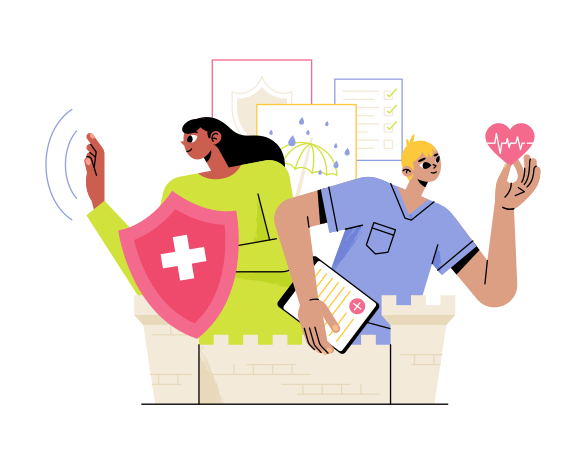
Anxiety is typically considered a negative emotion. After all, nothing feels positive about a pit in your stomach or your heart beating out of your chest. But what if you could harness anxiety for greater motivation, self-awareness, and productivity? Research shows that some anxiety is adaptive, and by changing your relationship with anxiety, you are less likely to suffer its negative effects.
How do you harness anxiety? Think of it like taming a dragon. In the 2010 film How to Train Your Dragon, young Viking Hiccup refuses to participate in the dragon killing that is his tribe’s legacy. When he accidentally injures a dragon named Toothless, he fashions a prosthetic tail fin which he controls with a pedal attached to Toothless’s saddle. By taking the time to observe and befriend Toothless, Hiccup discovers how to harness the dragon’s power and in doing so, charts a new future for his tribe.
Like Hiccup, you can learn to observe and harness anxiety so that it helps instead of harms you. But first, it might be helpful to know why anxiety exists in the first place.

Imagine you are walking through a dense forest. As you push aside the thick foliage to clear a path, you notice a beautiful flower growing at the base of a tree. Suddenly, a ferocious mountain lion jumps out from behind the very same tree. Do you pause to smell the sweet scent of the flower or do you focus your energy on saving yourself from the lion?
Our evolution as a species depends on the human tendency to choose survival over beauty. Negative events and stimuli are more likely to get our attention, and negative memories are more powerful and persistent than positive ones. While anxiety may not be comfortable, it does help you to detect and avoid danger. In addition, anxious people are more likely to take action towards solving a problem and less likely to participate in risky behavior.
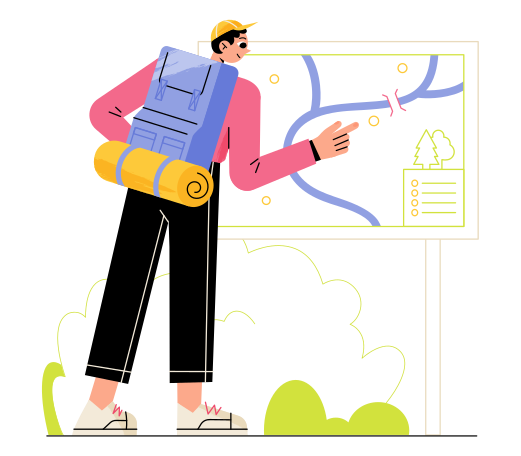
You may have heard of the “fight or flight” system. It’s your body’s internal alarm system, a cascade of neurobiological reflexes that prepare you to either fight or flee the source of danger. Anxiety researchers often add “freeze” and “fawn” to this list, since these are two other common responses to threat. (Think of animals that “play possum” to confuse and deter predators.)
The fight or flight system is technically called the sympathetic nervous system, and it is responsible for increasing heart rate and respiration, redirecting blood to your most vital organs, slowing digestion, and sharpening your senses. The uncomfortable physical sensations that are often associated with anxiety are side effects of these processes– rapid heartbeat, feeling short-of-breath, tingling extremities, and queasy stomach.
Interestingly, the physiological processes that are associated with excitement are very similar to those of fight or flight. In fact one of the strategies to harness anxiety is to reframe your symptoms as being “pumped” or “jazzed” for a challenge. Competitive athletes do this, as do other high-achievers.
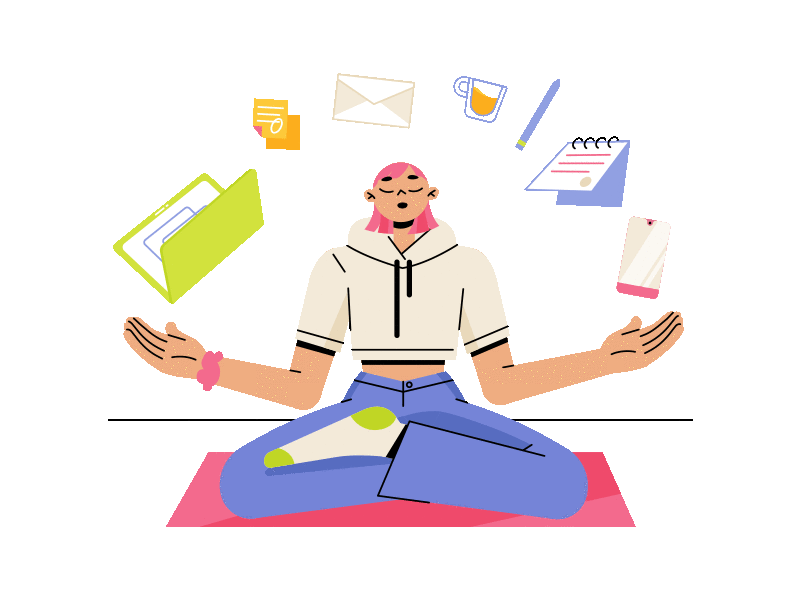
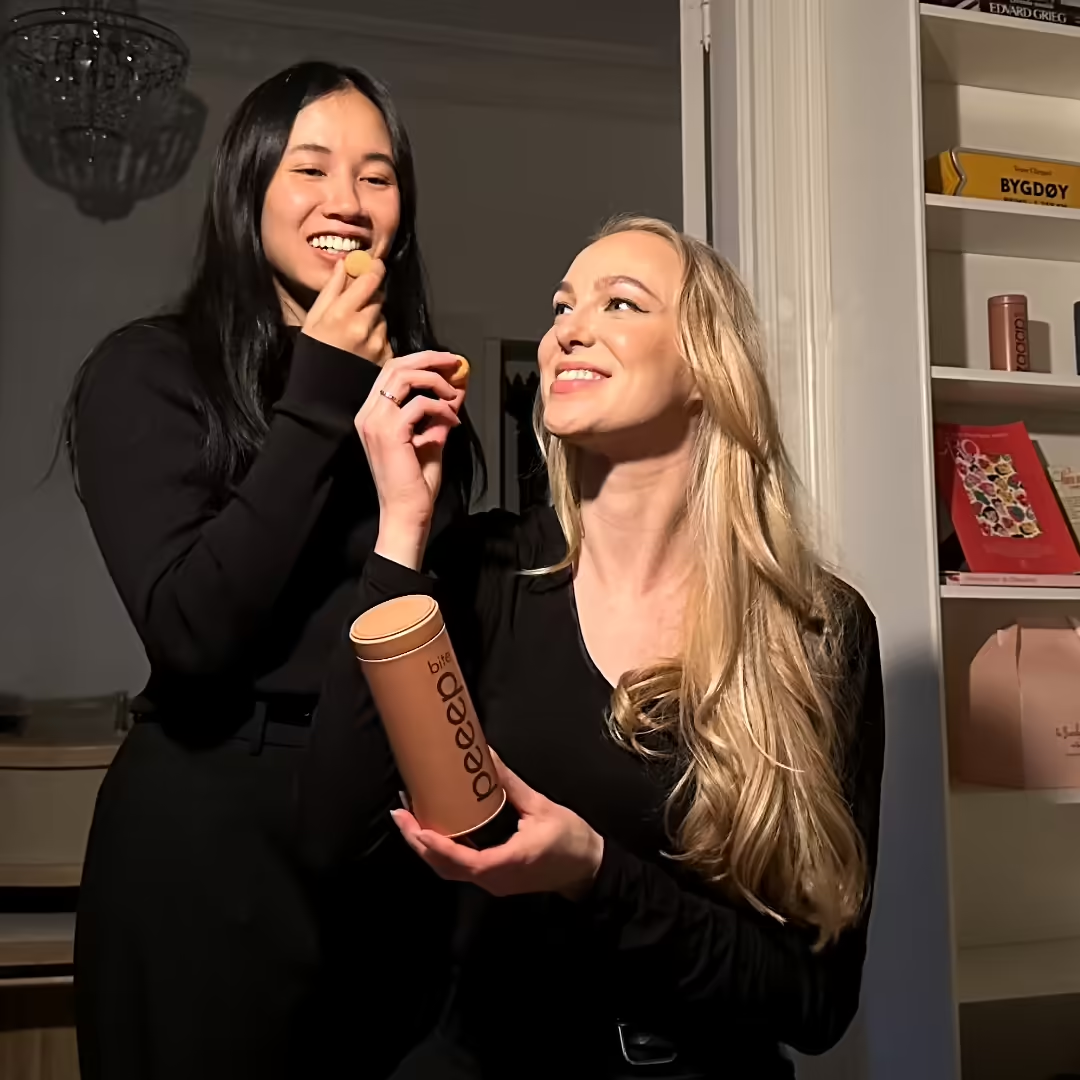
Anxiety can be helpful when it shows up in response to an actual threat. Of course, in modern society that threat is less likely to be a mountain lion, and more likely to be a pressing deadline at work. Learning the difference between helpful and harmful anxiety can help you to harness anxiety.

It is much more difficult to harness anxiety once your body is in full fight or flight mode. As the saying goes, "an ounce of prevention is worth a pound of cure!” Practicing the following can help you find your anxiety “sweet spot,” the place where anxiety is helpful, not harmful.
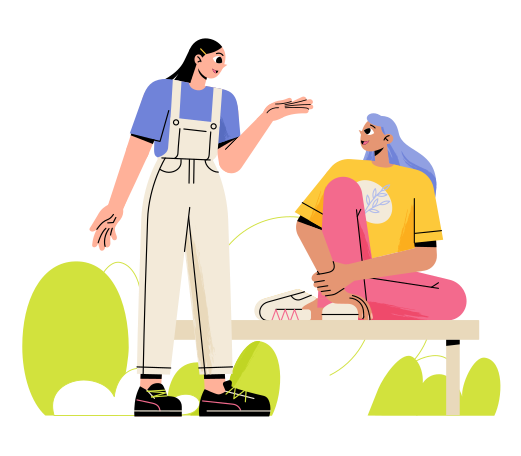
Now that you know the functions and upsides of anxiety, you can change your relationship to it. As psychologist Alicia Clark says, how we think about anxiety dictates how we experience it.
You’ll experience anxiety negatively if you see it as interfering with or hindering your progress, as something that only holds you back... However, if you see anxiety as a tool that can help you connect to what you care about and give you the energy to tend to it, you’ll experience it as a sincerely useful emotion that helps you to succeed
Dr. Alicia Clark, author of Hack Your Anxiety: How to Make Your Anxiety Work for You in Life, Love and Work
How do you change how you think about anxiety? Remember the acronym "LABEL" and follow these steps:
Genuine confidence is not the absence of fear; it is a transformed relationship with fear.
Dr. Russ Harris, author of The Confidence Gap
No one likes feeling anxious or afraid. But like all negative emotions, anxiety is your body’s way of signaling that there is something that needs your attention. If you see anxiety as a useful tool versus something to avoid, you can harness anxiety for greater self-awareness and self-efficacy. You might still feel uncomfortable, but remember that life begins outside of your comfort zone!
1. Acknowledge your fear: Acknowledge and accept that fear is a normal part of life, and that it is natural to feel fear.
2. Identify the source: Identify the source of your fear and ask yourself why it is triggering a fear response.
3. Look at fear objectively: View fear objectively and consider how realistic it is to be afraid of the situation.
4. Take action: Take steps to address the fear, such as talking to someone about it, taking a class or learning more about the situation.
5. Focus on the positive: Focus on the positive aspects of the situation, such as the potential for growth or any potential benefits.
6. Practice relaxation: Practice relaxation techniques, such as yoga, meditation or deep breathing, to reduce stress and anxiety.
7. Change your perspective: Change your perspective and try to look at the situation from a different point of view. This may help to reduce the fear.
1. Take deep breaths. Taking deep breaths can help reduce anxiety. Try to focus on each breath and count to five while inhaling and exhaling.
2. Exercise. Exercise can help to reduce anxiety by releasing endorphins and allowing you to take your mind off of whatever is causing the anxiety.
3. Talk to someone. Talking to someone, either a friend or a professional, can help you address and work through the anxiety.
4. Distract yourself. Try to distract yourself from the anxiety by doing something enjoyable, such as reading a book, watching a movie, or going for a walk.
5. Try relaxation techniques. Meditation, yoga, and progressive muscle relaxation can all help reduce anxiety.
Anxiety can be reframed as motivation by using the energy from the anxious feelings to fuel action. For instance, if you are feeling anxious about starting a project, use the energy from the anxious feelings to take the first steps towards starting the project. Acknowledge the anxious feelings, but shift your focus to the goal you are working towards, and use the energy from the anxious feelings to take action.
1. Take deep breaths: Before a stressful situation, take a few moments to take deep breaths and focus on your breath. This will help to slow your heart rate, calm your body, and help to reduce your anxiety.
2. Talk to yourself: When you’re feeling anxious, talk to yourself and tell yourself that you’re going to be okay and that you can do this. Positive self-talk can help to ease your nerves.
3. Visualize success: Visualize yourself succeeding in the situation and how you will feel afterwards. This can help to boost your confidence and reduce your nerves.
4. Get prepared: Make sure you have done all the preparation necessary for the situation. If you know you have done your best, it will help to reduce your anxiety.
5. Exercise: Exercise can help to reduce stress and anxiety. It can also help to clear your head and make you feel more confident.
6. Reach out: Talk to a friend or family member about your anxiety. They can provide support and help to put things into perspective.
